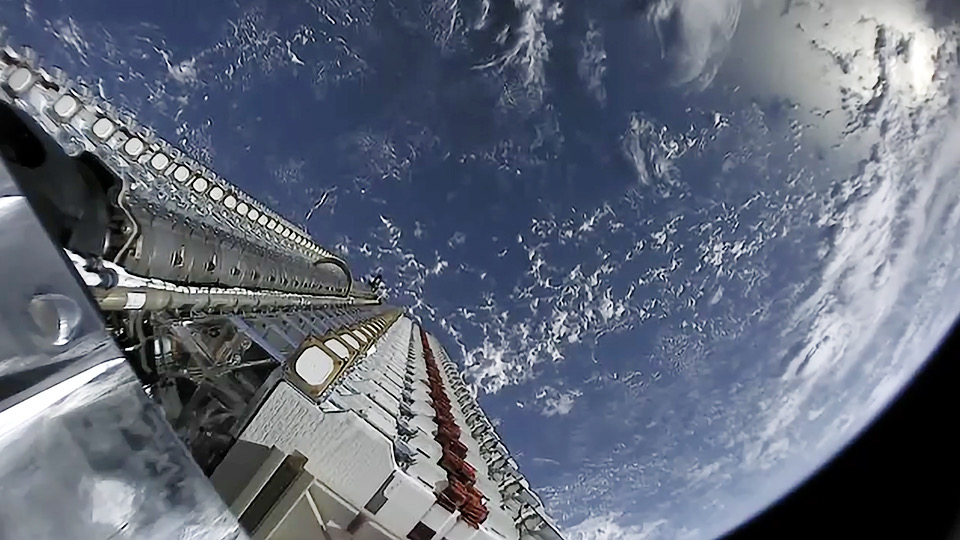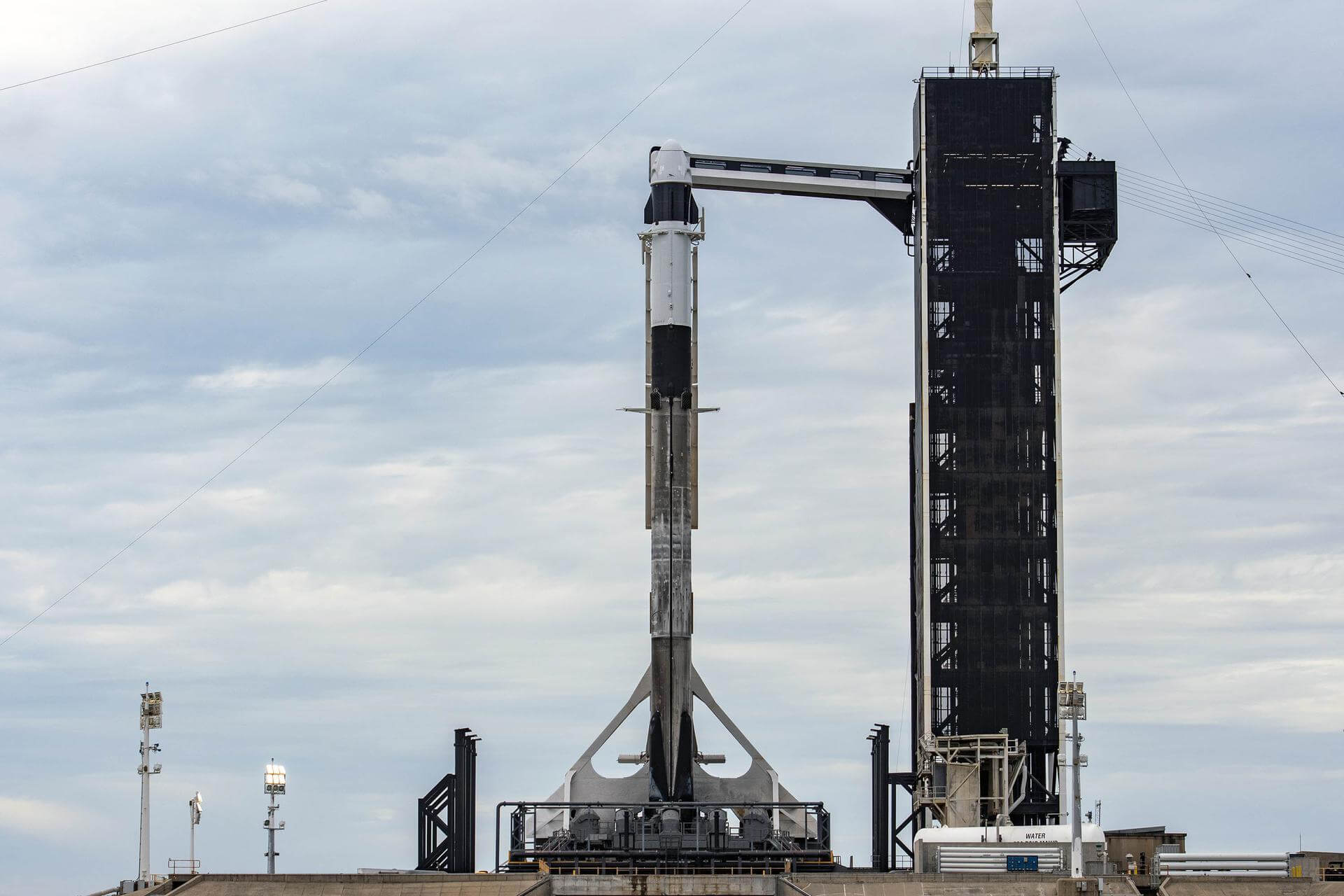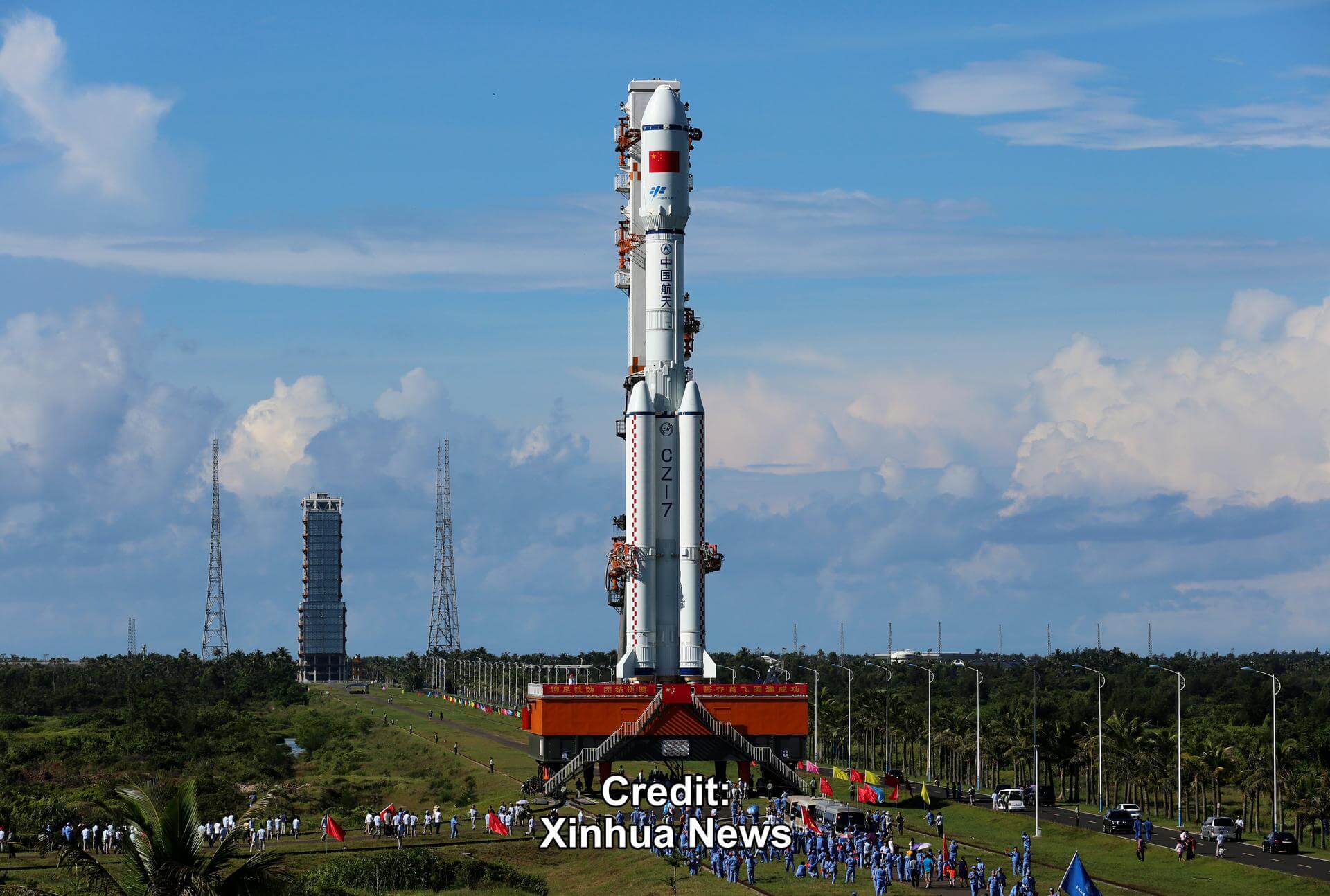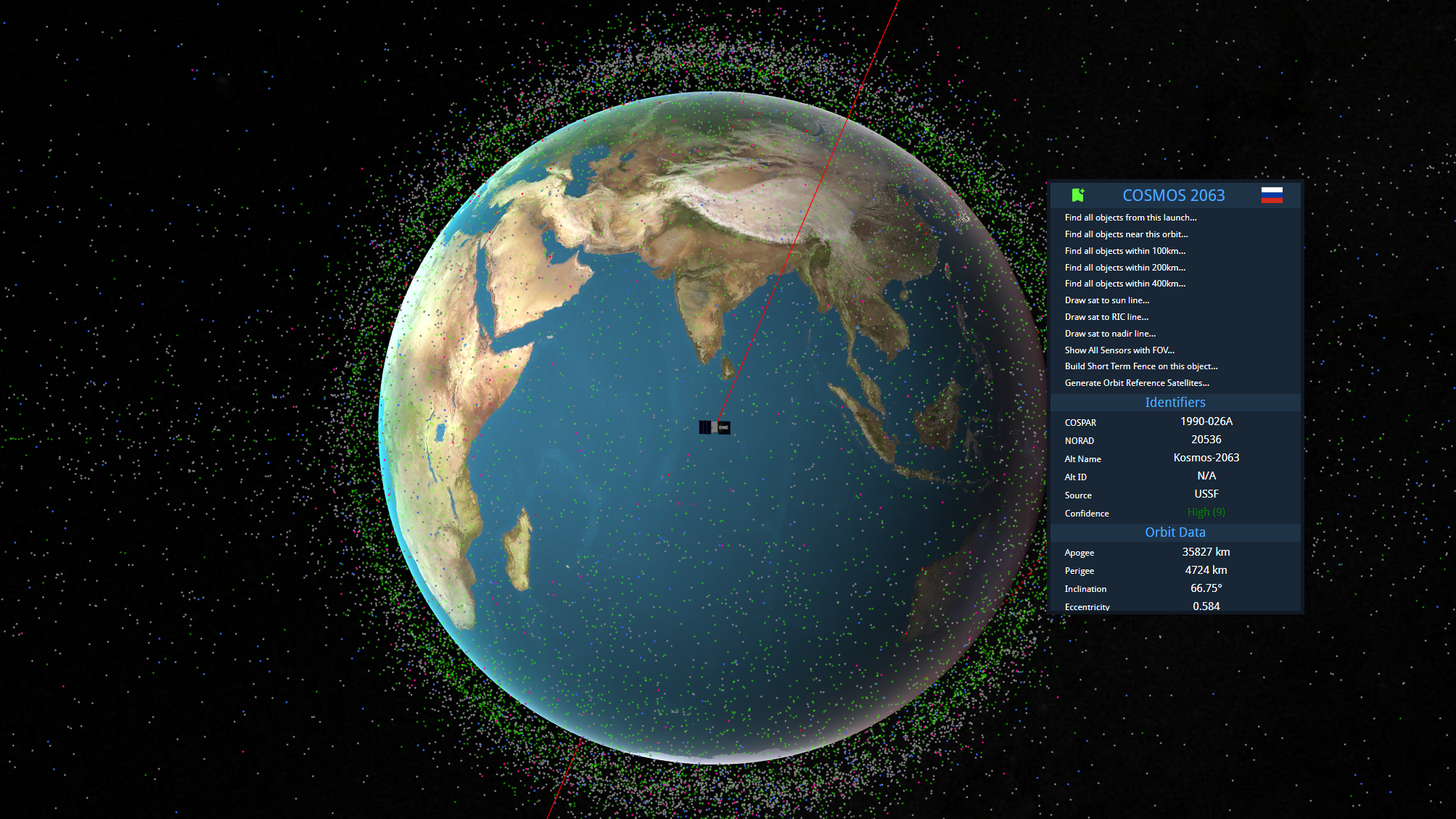· space brief · 6 min read
Space Brief 5 May 2025
Today's brief covers the Army's move to create a space career field for enlisted soldiers, Terran Orbital's involvement in a Space Force tech program, advancements in missile warning systems, a first flight test by Inversion Space, and more.

📄Top Stories
The U.S. Army has established a new career field for enlisted soldiers focused on space operations, signaling the growing importance of space in military strategy. Meanwhile, Terran Orbital is set to play a critical role in the U.S. Space Force’s Space Test Experiments Platform 2.0 Program. The Space Force has also enhanced its missile warning network with a next-generation system, marking a significant step in space-based defense. In other developments, Inversion Space completed its first flight of a reentry vehicle, albeit without the reentry phase.
📰Detailed Coverage
Army Launches Space Career Field for Enlisted Personnel
The U.S. Army has introduced a dedicated space career field for enlisted soldiers, recognizing the pivotal role space operations are expected to play in future conflicts. Lt. Gen. Sean Gainey emphasized the necessity of having experts who can navigate the complexities of space during military operations.
This development underscores the increasing interconnection between space and defense sectors. With space becoming a domain of strategic military importance, this initiative aims to equip soldiers with specialized skills to manage space-based assets and operations effectively.
Read the full story: SpaceNews
Terran Orbital Joins $237 Million Space Force Tech Initiative
Terran Orbital has been selected by the U.S. Space Force to participate in the Space Test Experiments Platform (STEP) 2.0 program. This 10-year initiative, valued at up to $237 million, involves developing and validating advanced space technologies crucial for national security.
The contract reinforces Terran Orbital’s position as a key player in small satellite solutions. This step aligns with broader defense efforts to accelerate technological advancements in space, contributing significantly to the capabilities of the U.S. armed forces in this critical area.
Read the full story: SpaceWar
Space Force Enhances Missile Warning Capabilities
The U.S. Space Force has accepted the Space Based Infrared System (SBIRS) Survivable Endurable Evolution (S2E2) for operational use. This system upgrade within the Space Systems Command aims to bolster the resilience and effectiveness of the missile warning network.
By improving detection and tracking capabilities, the S2E2 system represents a significant leap in ensuring national security and readiness against potential threats. The integration of this system highlights the ongoing evolution and sophistication of space-based defense technologies.
Read the full story: SpaceWar
Inversion Space’s Reentry Vehicle Prototype Takes Flight
Inversion Space has conducted the first test flight of its reentry vehicle prototype, marking a milestone in the startup’s development program, although the vehicle did not perform the reentry. The test provided valuable data for the company to refine their designs.
This trial is part of Inversion’s broader vision to enable reusable space transportation solutions. As the company iterates on its design, it aims to improve both cost-effectiveness and access to space, contributing to advancements in space technology and transportation.
Read the full story: SpaceNews
Passing of Paul Van Hoeydonck, Lunar Artist
Belgian artist Paul Van Hoeydonck, renowned for his work “Fallen Astronaut” left on the moon, passed away at the age of 99. His sculpture, a tribute to space exploration, was placed on the lunar surface during the Apollo 15 mission.
Van Hoeydonck’s legacy extends beyond this unique contribution, as he was known for his diverse artistic endeavors. His work continues to symbolize the intersection of art and space exploration, embodying the human spirit of curiosity and exploration.
Read the full story: Moon Daily
🛰️Satellite Spotlight
- Satellite Name: COSMOS 2009
- NORAD ID: 19903
- Launch Date: March 24, 1989
- Mission: Military Communication
- Orbit: Low Earth Orbit (LEO)
- Operator: Unknown
- Fun Fact: COSMOS 2009 was part of the Strela series, known for providing secure military communication capabilities.
Track this satellite in real-time on our web app: Track COSMOS 2009
🌌Space Weather
Current space weather shows Enhanced solar wind (734 km/s).
R0 - S0 - G0
Next 24 Hours: For satellite operators, the current conditions indicate no immediate risk of radio blackouts or solar radiation storms. However, moderate geomagnetic activity is expected, with potential for minor geomagnetic storms, particularly G1 (Minor) storming early on 05 May due to influences from a negative polarity coronal hole high-speed stream (CH HSS). Operators of ground-based radars and telescopes may experience occasional disruptions during these isolated storm periods. Users of satellite communications should remain vigilant for possible R1-R2 (Minor-Moderate) radio blackouts expected from 05-07 May as Region 4079 continues its transit across the sun. LEO satellites might see increased drag but nothing that warrants alarm.
Beyond: From 05 May to 31 May 2025, solar activity is forecasted to remain predominantly low, with some potential for M-class flares. There are no proton events anticipated at geosynchronous orbit. However, from 05-12 May and again from 29-31 May, the greater than 2 MeV electron flux at geosynchronous orbit is likely to reach high levels, which could affect satellite operations. Geomagnetic conditions are predicted to hit G1 (Minor) storm levels around 18 May and from 29-31 May, influenced by negative polarity coronal holes. Active conditions may arise on multiple dates as CH HSS influences are expected, while the majority of the timeframe will see calm to unsettled conditions. Satellite operators, ground-based radar users, and communication staff should prepare for sporadic disturbances but can expect normal operation for the most part throughout this period.
Upcoming Space Launches
May 5
- China Aerospace Science and Technology Corporation Long March 12:
- SatNet LEO Group TBD from Wenchang Space Launch Site, People’s Republic of China (10:57 UTC) A batch of Low Earth Orbit communication satellites for the Chinese state-owned SatNet constellation, which is expected to consist of 13,000 satellites.
May 7
- SpaceX Falcon 9 Block 5:
- Starlink Group 6-93 from Cape Canaveral SFS, FL, USA (00:22 UTC) A batch of 28 satellites for the Starlink mega-constellation, SpaceX’s project for space-based Internet communication system.
May 9
- SpaceX Falcon 9 Block 5:
- Starlink Group 6-91 from Cape Canaveral SFS, FL, USA (06:54 UTC) A batch of satellites for SpaceX’s Starlink mega-constellation, providing space-based Internet communication.
May 10
- SpaceX Falcon 9 Block 5:
- Starlink Group 15-3 from Vandenberg SFB, CA, USA (00:00 UTC) A batch of 26 satellites for SpaceX’s Starlink mega-constellation, part of its space-based Internet communication system.
May 15
- Gilmour Space Technologies Eris-1:
- Maiden Flight from Bowen Orbital Spaceport (00:00 UTC) Maiden flight of Gilmour Space’s orbital launch vehicle Eris.
May 18
- Indian Space Research Organization PSLV-XL:
- EOS-09 (RISAT-1B) from Satish Dhawan Space Centre, India (00:00 UTC) The third satellite in ISRO’s radar imaging RISAT-1 series, providing all-weather SAR observation capabilities for applications such as agriculture and military surveillance.
May 29
- SpaceX Falcon 9 Block 5:
- Axiom Space Mission 4 from Kennedy Space Center, FL, USA (17:03 UTC) This mission is a Crew Dragon flight for Axiom Space, carrying a professionally trained commander and three private astronauts to the International Space Station for an eight-day stay.
May 31
- Rocket Lab Electron:
- iQPS Launch 2 from Rocket Lab Launch Complex 1, Mahia Peninsula, New Zealand (00:00 UTC) Carrier mission for a synthetic aperture radar Earth observation satellite by Japanese Earth imaging company iQPS.
- SpaceX Falcon 9 Block 5:
- GPS III SV08 from Cape Canaveral SFS, FL, USA (00:00 UTC) Eighth of ten missions for the GPS III satellite constellation.
- SpaceX Falcon 9 Block 5:
- Nusantara Lima from Cape Canaveral SFS, FL, USA (00:00 UTC) An Indonesian geostationary communications satellite with more than 160 Gbps capacity.
Note: Launch dates and times are subject to change due to technical or weather considerations.

Maurice Stellarski





